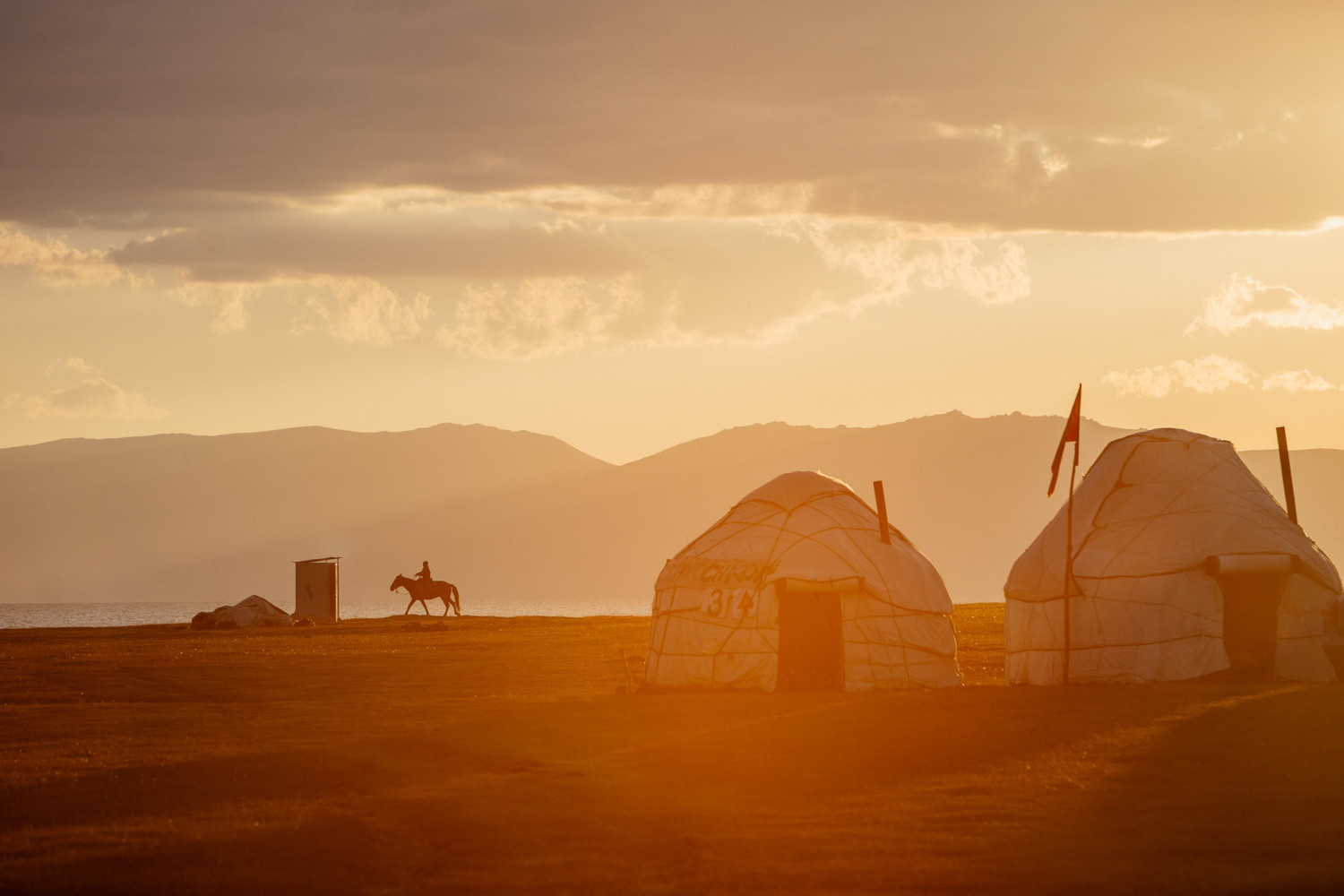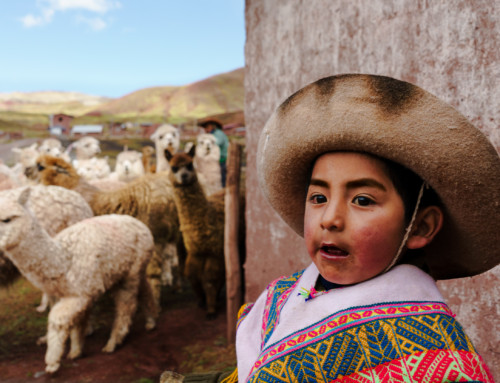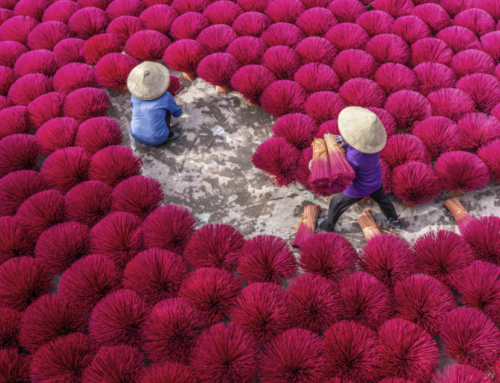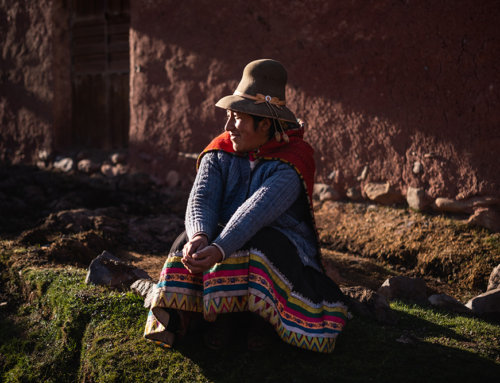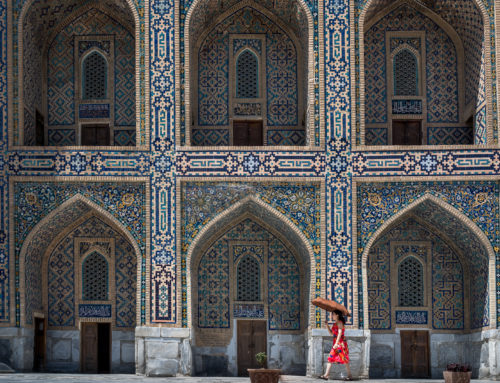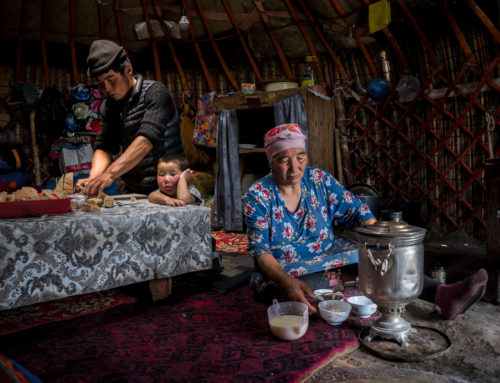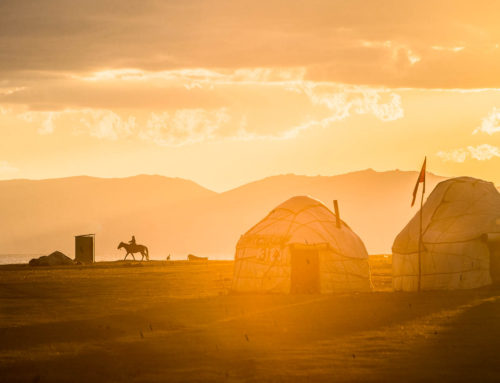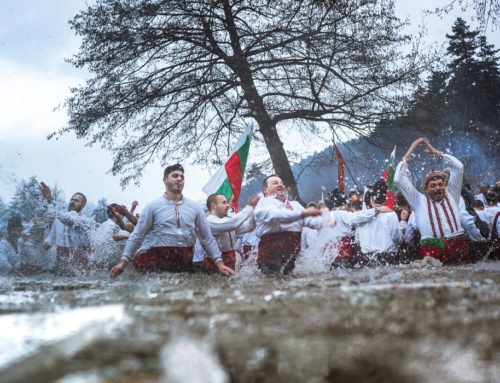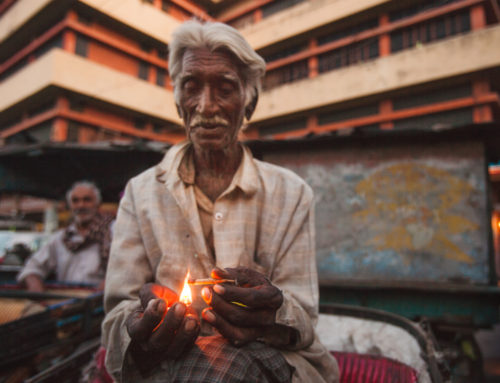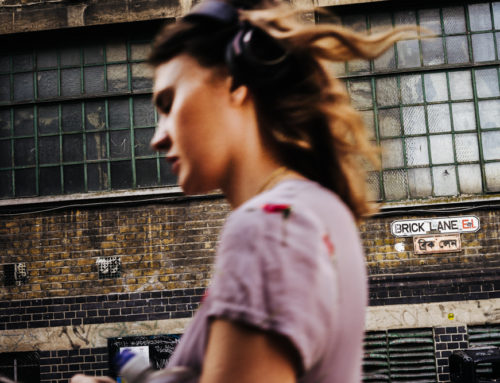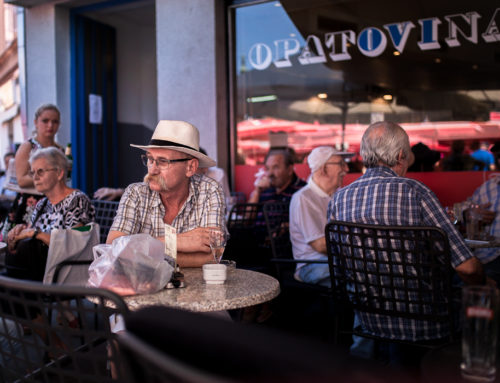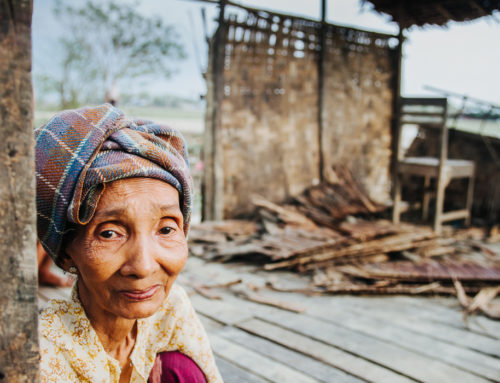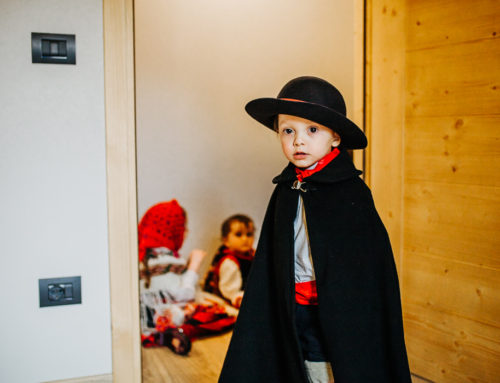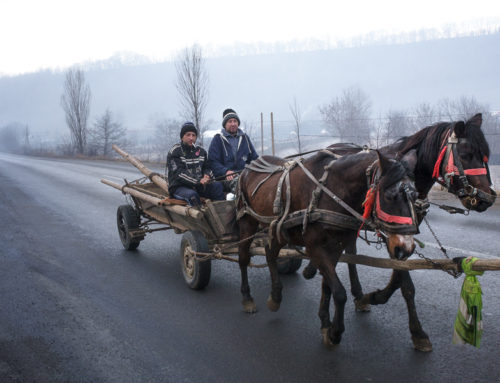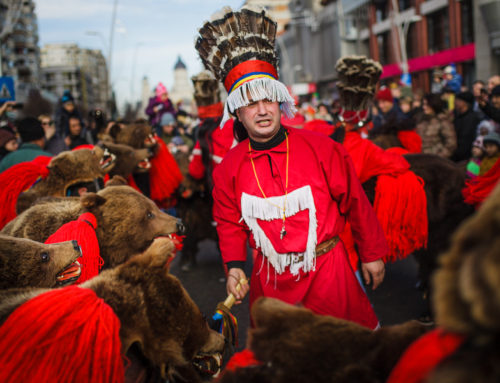Travel Photography: A Fresh Perspective
Travel photography often falls into the trap of repeating the same old stories – the typical shots of famous landmarks and the all-too-familiar poses. But what if we could break away from these clichés?
It’s time to explore how we can inject fresh perspectives into our travel photography. We’re not just capturing images; we’re telling stories, exploring emotions, and revealing the true essence of places. Let’s embark on this journey together.
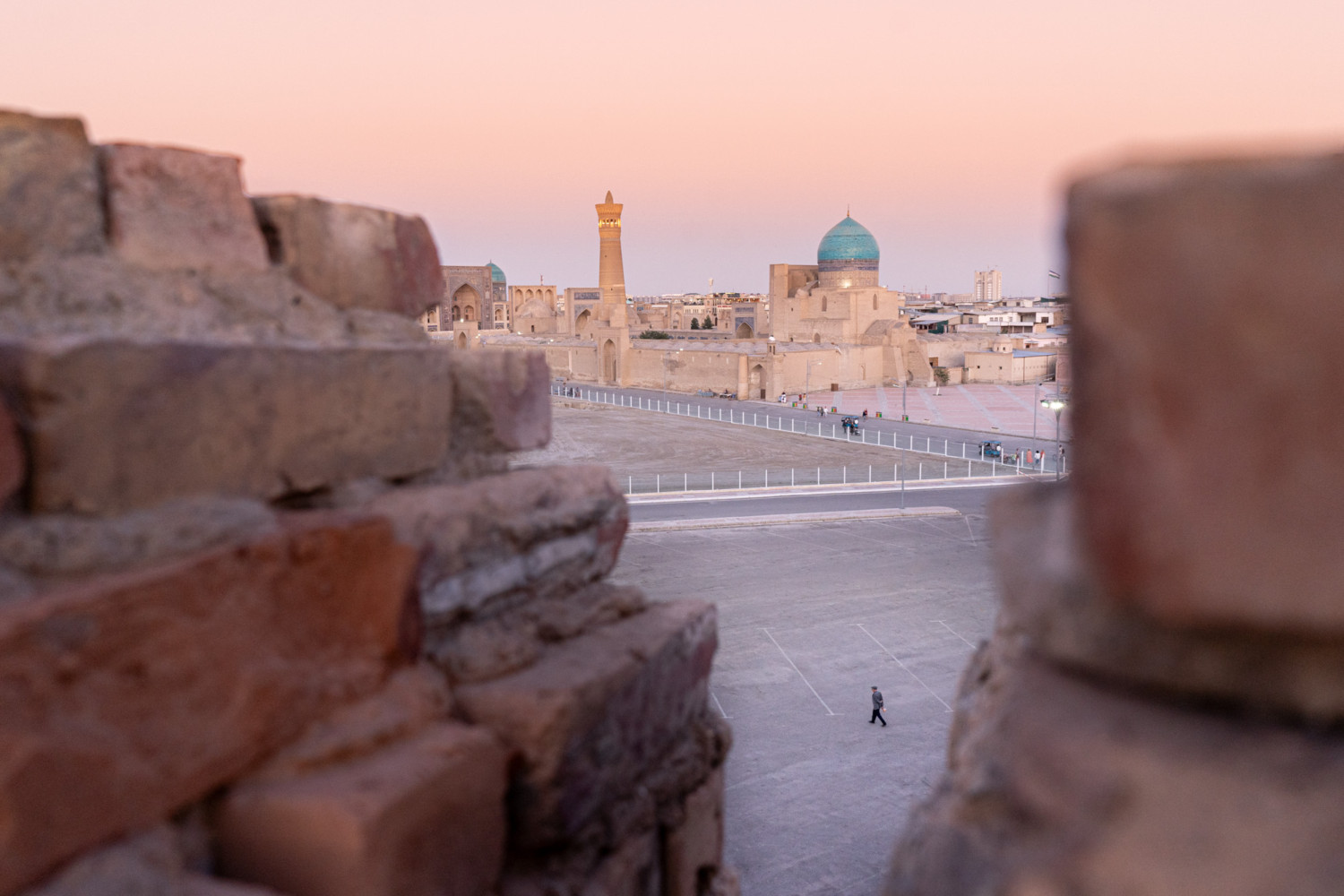
A man walks through the outskirts of Bukhara, Uzbekistan
1. Discover the Hidden Gems
When we talk about travel photography, people often think about capturing the famous landmarks. However, the true essence of a place often lies hidden in its less traveled paths. On my travels, I’ve found a wealth of life and character in the shadows of a dusty lane in Uzbekistan, far more than in its famous monuments. These hidden spots are where your photographic narrative comes alive. Sure, snap the iconic shots, but then dive deeper.
The most memorable photographs often come from places that aren’t highlighted in guidebooks. It’s about turning left when the map suggests right, venturing down a narrow alley, or wandering into a local neighborhood that’s off the tourist trail. It’s here that you encounter the unexpected – an elderly man feeding pigeons, children playing in an ancient fountain, or a local artisan crafting traditional wares. These scenes offer a window into the daily life and soul of a place, far removed from the crowded tourist spots.
Each hidden gem has a story waiting to be told. In Uzbekistan, for instance, I stumbled upon an old teahouse tucked away in a forgotten corner of a bazaar. It wasn’t just the aged architecture that caught my eye, but the vibrant interaction between the patrons – a melting pot of generations and stories. This teahouse, away from the glare of mainstream attractions, offered a narrative about Uzbekistan’s culture and community that I could have never captured at a popular landmark.
Tips for Finding These Gems
- Talk to the Locals: They are your best resource. Ask them where they eat, relax, and what they love about their city.
- Get Lost on Purpose: Sometimes, the best way to discover something new is to lose track of your planned route.
- Research Less Known Sites: Before your trip, look for blogs or articles that talk about less known attractions in your destination.
Capturing these hidden gems requires more than just a good eye for composition; it requires curiosity and a willingness to explore. It’s about finding beauty in the everyday and the overlooked. It’s a journey of discovery, where each turn reveals a new facet of the destination’s true character.
2. The Charm of Everyday Life in Travel Photography
There’s a world of wonder beyond the grand vistas and iconic landmarks. It’s found in the charm of everyday life, in the simple, often unnoticed moments that truly define a place and its people. Let’s have a look at the art of capturing these moments, transforming the mundane into the extraordinary through your lens.
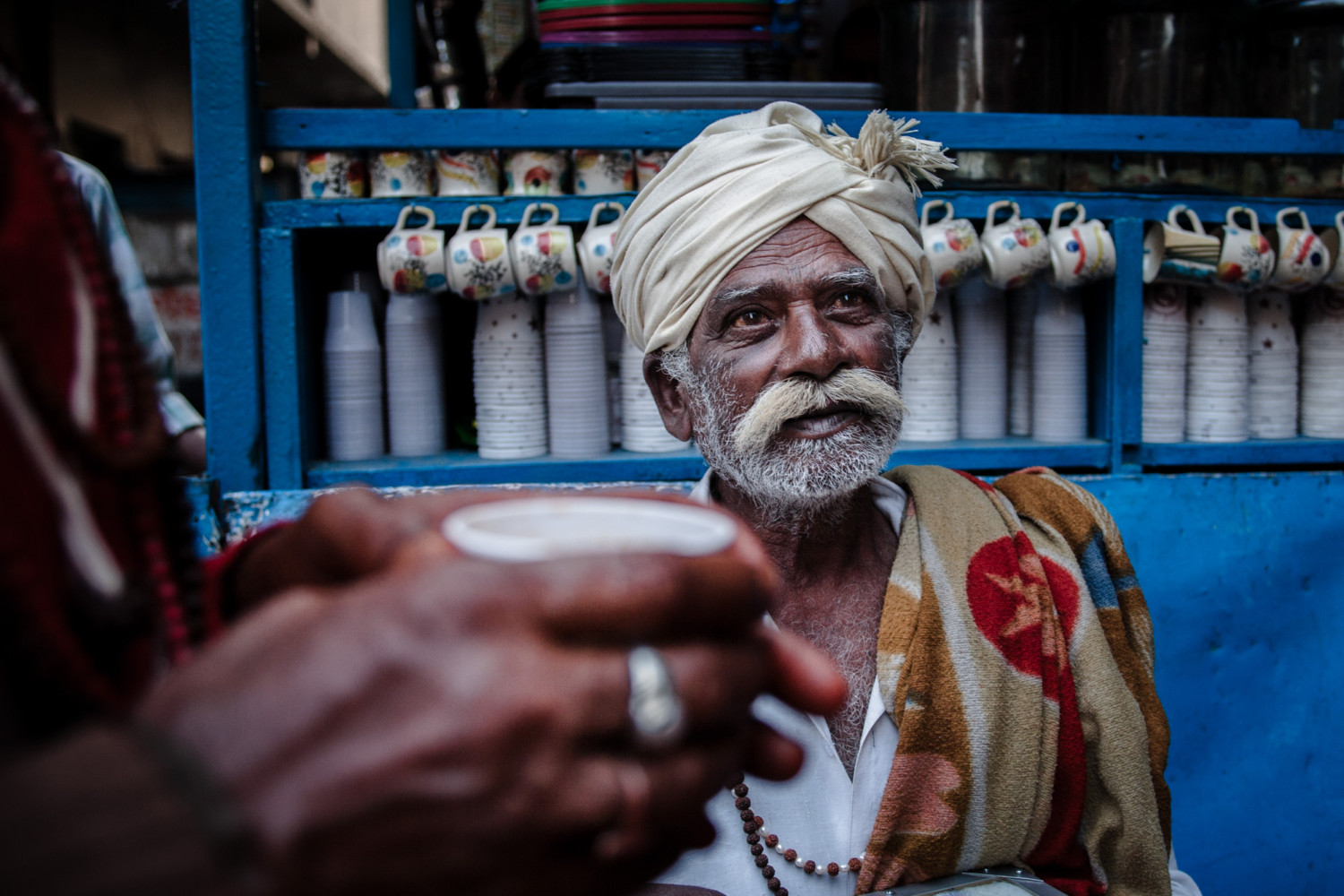
A man drinks Chai in India
Everyday life may seem unremarkable at first glance, but it holds a myriad of stories waiting to be captured. A cup of tea at a chai stall, the worn-out door of an old shop, the vibrant chaos of local markets – these scenes are deeply rooted in the cultural of a place. As a travel photographer, finding beauty in these ordinary moments is key to conveying the true essence of your destination.
Photographs of daily life provide insights into local customs, traditions, and the everyday experiences of people. For example, a photo of a bustling street market can reveal much about the local cuisine and social interactions. These images allow viewers to connect with a place on a more intimate and authentic level.
Techniques for Capturing Everyday Life
To effectively capture the charm of everyday life, it’s essential to be observant and patient. Spend time immersing yourself in the environment. Observe the patterns of daily life and wait for those perfect, candid moments. Pay attention to the small details and compositions that might otherwise go unnoticed. Lighting plays a crucial role too; the soft glow of morning or the golden hues of late afternoon can add a magical quality to even the most ordinary scenes.
Ultimately, capturing the charm of everyday life is about storytelling. Each image should tell a story that speaks to the viewer and have the power to convey a sense of place and time.
3. Portraying Culture Through Portraits in Travel Photography
Travel photography goes beyond landscapes and architecture. We can gain a deeper understanding when we aim our cameras at the people who bring life to these places. Portraits, candid or composed, offer an intimate and powerful insight to the culture of a destination. Here I want to discuss the idea of capturing culture through the art of portraiture.
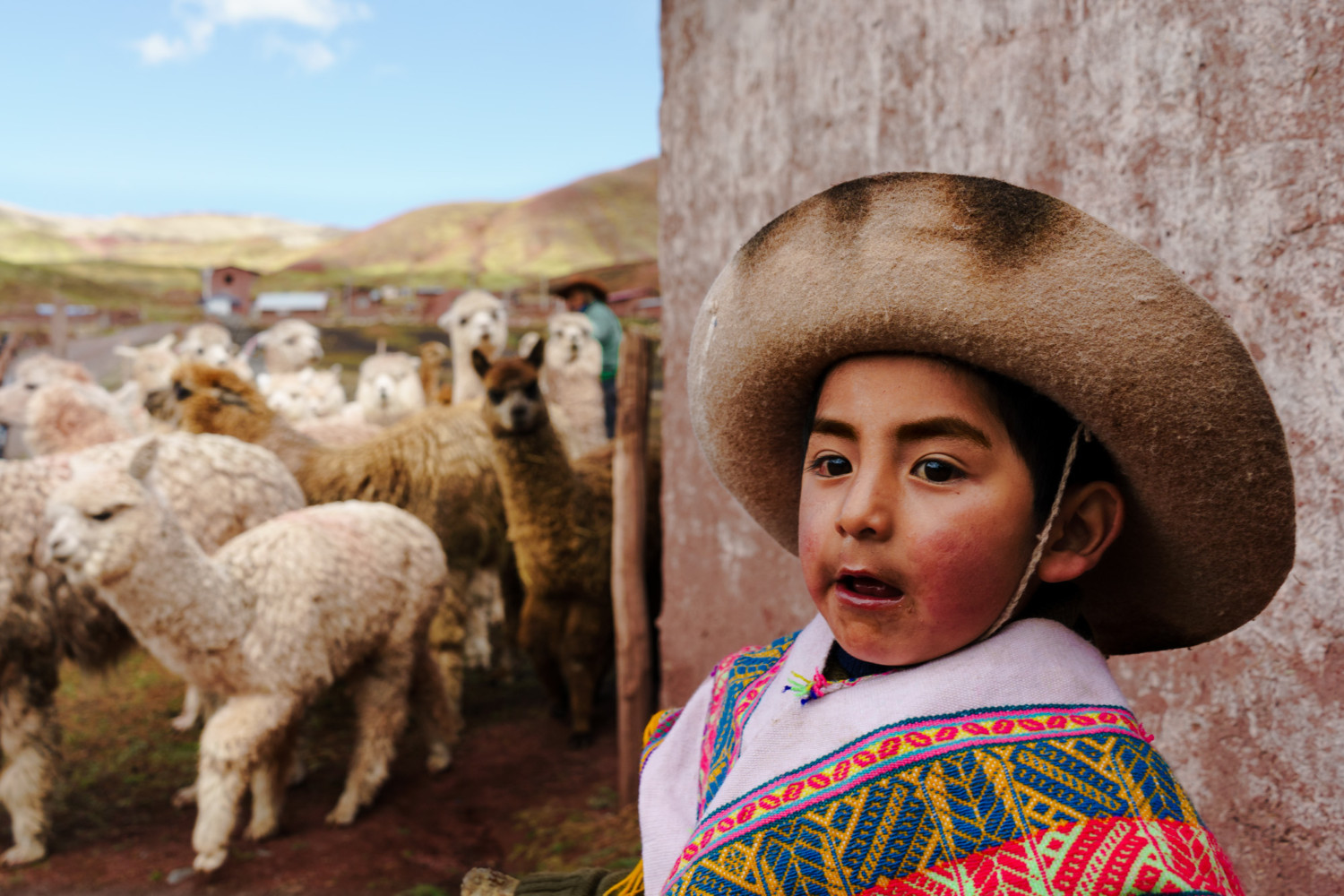
Neymar, a young boy in rural Peru
If travel photography is all about capturing the heart of a place, then that heart is its people. It’s helpful to look out for the way they dress, and what they’re doing, how they interact with each other, all this gives us a peek into their world.
Taking these kinds of photos isn’t about being good with a camera. It’s really about connecting with people. Even a simple smile, a quick chat or a silly dance can help someone feel relaxed and natural in front of the lens.
In the end, what makes a portrait truly captivating is its ability to tell a story. As travel photographers, we get to see and feel a bit of the world they live in..
I should emphasise here that it’s incredibly important to be respectful and understanding, especially when you’re in a different culture.
5. Creative Composition: Breaking the Mold in Travel Photography
I’m a strong believer tha in travel photography, creative composition is the key to transforming ordinary scenes into extraordinary images. It’s about breaking free from conventional frameworks and rules, like the rule of thirds, to discover unique and compelling ways of presenting a scene. This exploration into the realm of creative composition will delve into how travel photographers can break the mold to capture truly distinctive images.
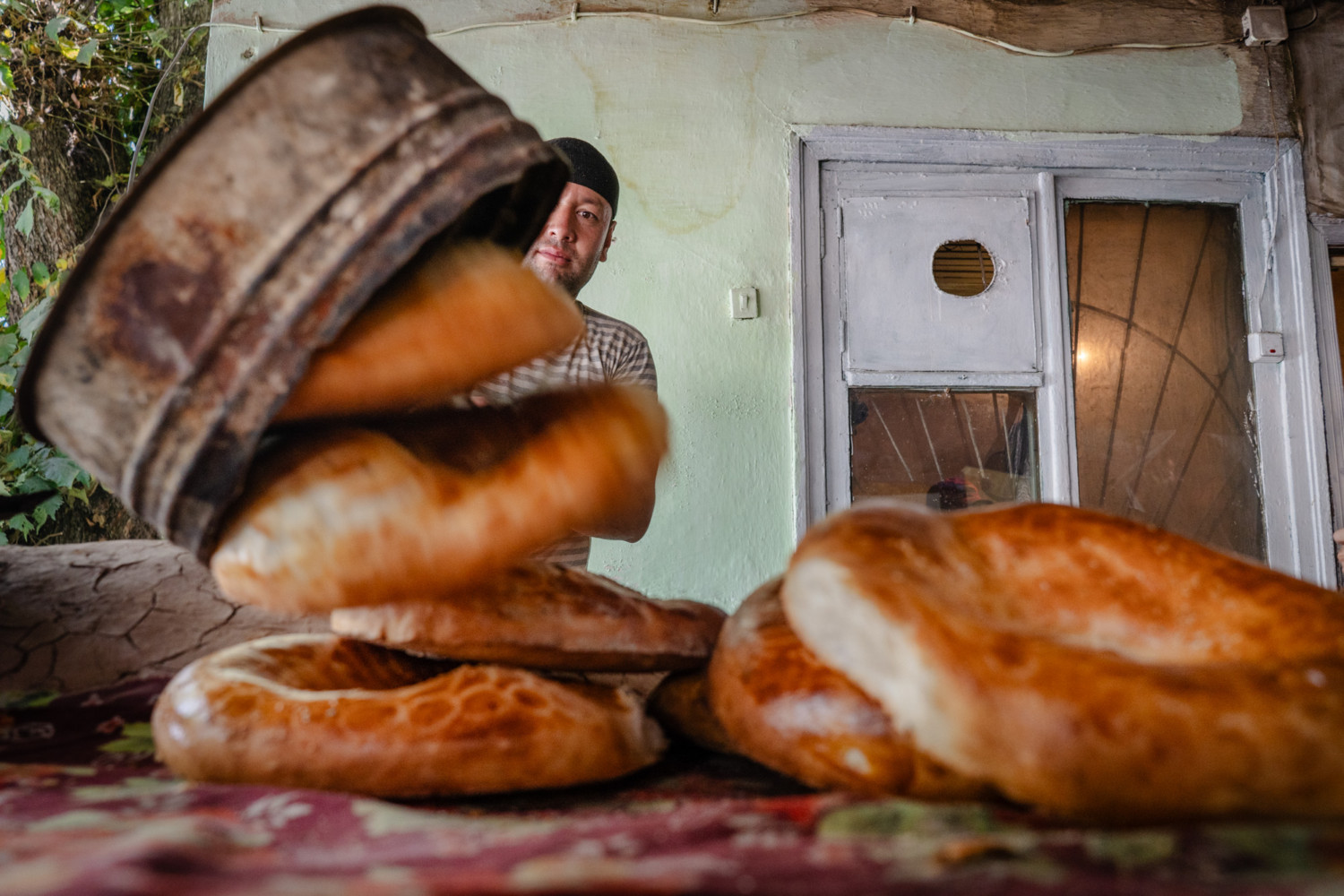
A baker pulls out freshly baked bread in Kyrgyzstan
Understanding the Rules to Break Them
To innovate, one must first understand the traditional rules of composition in photography. The rule of thirds, leading lines, framing, symmetry, and patterns are all foundational concepts. However, the art of breaking these rules creatively is where a photographer’s unique vision comes to life. It’s about using these guidelines as a starting point, then bending or completely disregarding them to create something unexpected and captivating.
Creative composition in travel photography often relies on intuition — an innate sense of what feels right for a particular scene at a particular moment. It’s about seeing the world differently, finding beauty in unusual places, and presenting subjects in novel ways. This might mean experimenting with unusual angles, playing with scale, or focusing on details that others might overlook. The goal here is to evoke emotion or intrigue through a composition that tells a story or challenges the viewer’s perspective.
Creative composition goes way beyond the subject, it’s more about the way in which it is presented. The environment surrounding the subject can add layers of meaning to an image. By including, excluding, or emphasizing certain elements within the frame, photographers can tell more nuanced and compelling stories. This might involve juxtaposing subjects, playing with contrast, or using environmental elements to frame the main subject in an unconventional way.
Experimentation and Playfulness
Breaking the mold in composition requires a willingness to experiment and be playful and having the courage to try new approaches and the patience to develop a distinct style.
Conclusion
As we wrap up this journey through the world of travel photography, let’s remember: it’s all about seeing the world with curiosity and creativity. Remember travel photography isn’t just about taking photos; it’s about storytelling, connecting, and discovering the unseen beauty in every corner of the globe.
“Taking now the second photography tour with Tom and following part of the Silk Road in Uzbekistan, I can tell you all his tours are life changing experiences, not only as a photographer but as human being.I learned so much about my camera and photography in these trips, probably what I would accumulate in an entire year on my own.
A talented photographer, outstanding group leader and patient mentor, Tom organized another beautiful and diverse trip, packed with unique places and memorable experiences. My favorite was definitely the traditional Uzbek wedding, where we got to capture rituals and customs of thousand years old culture.”

